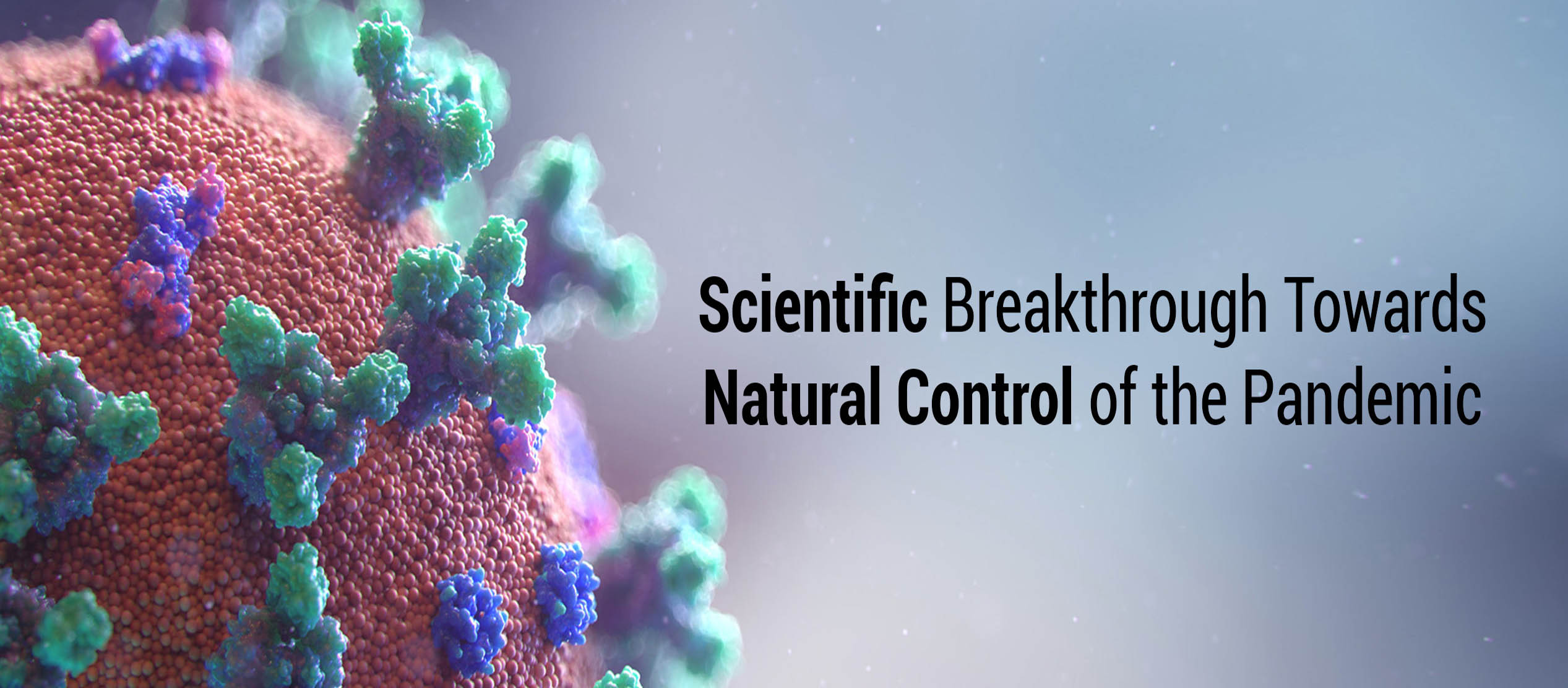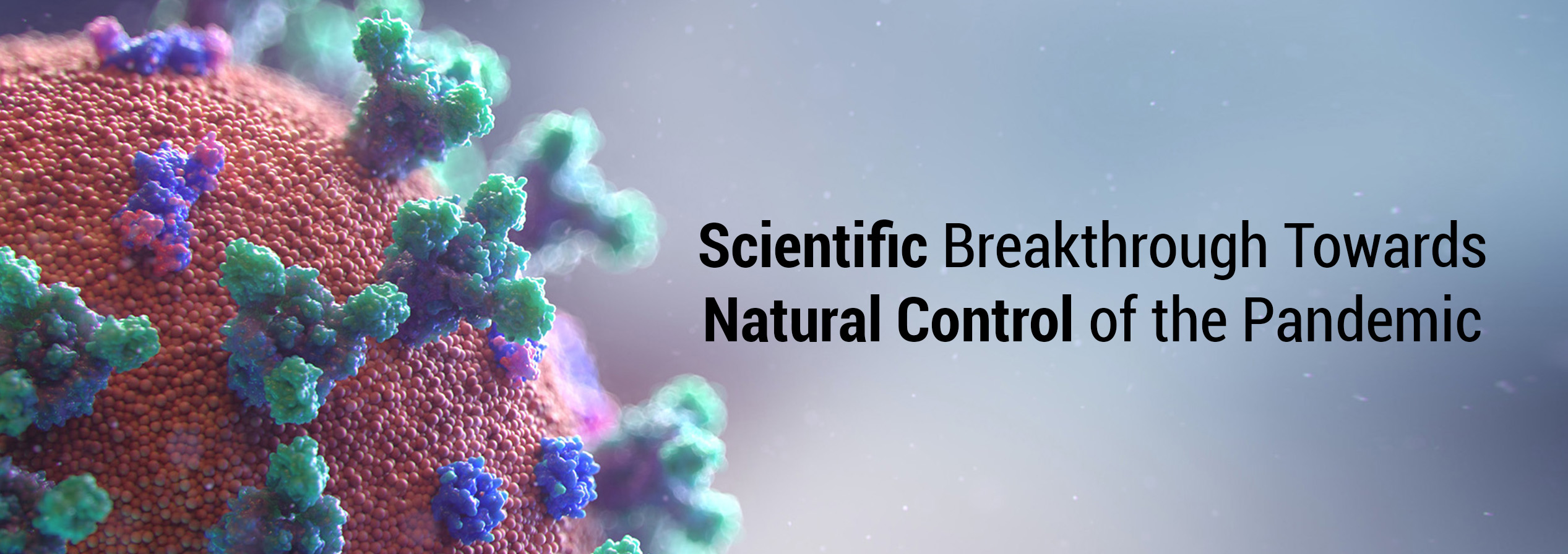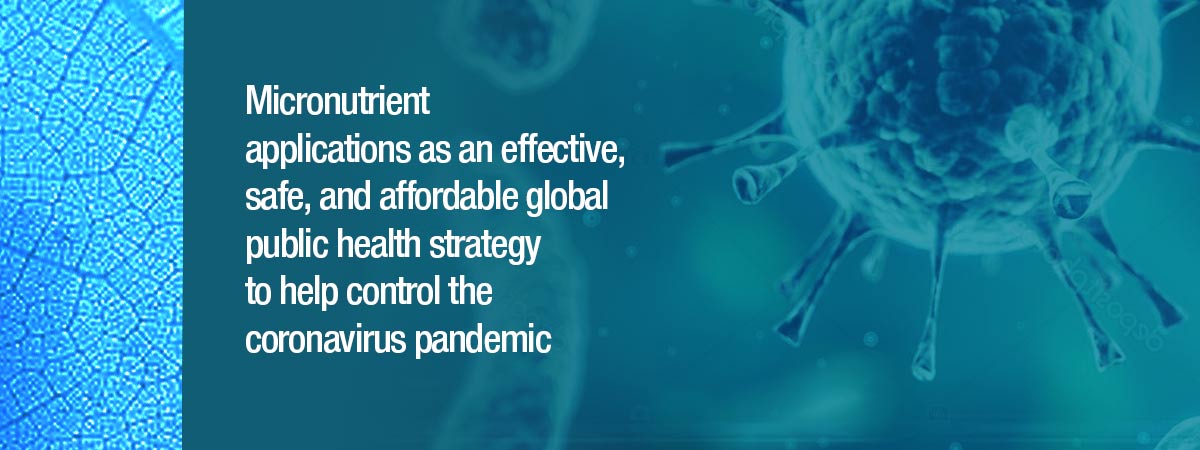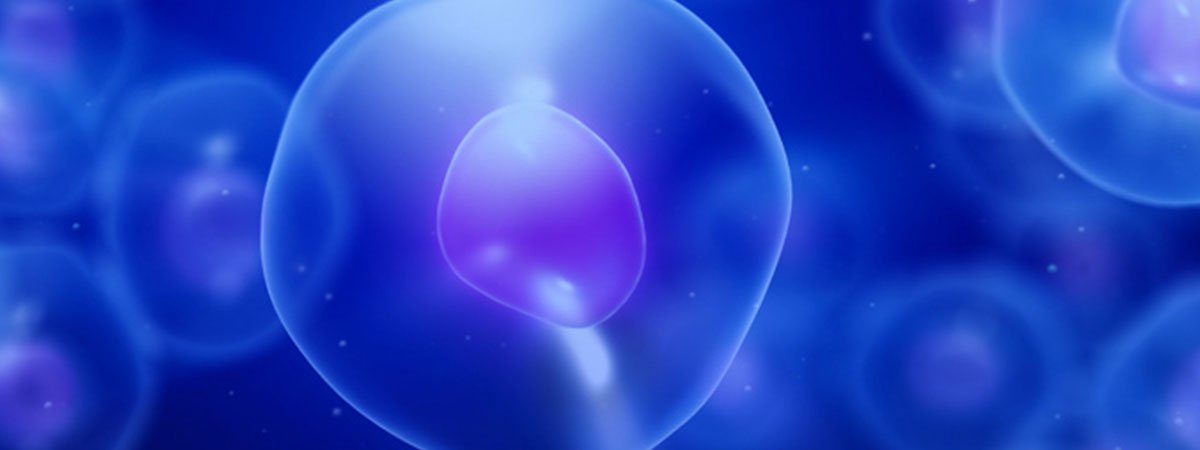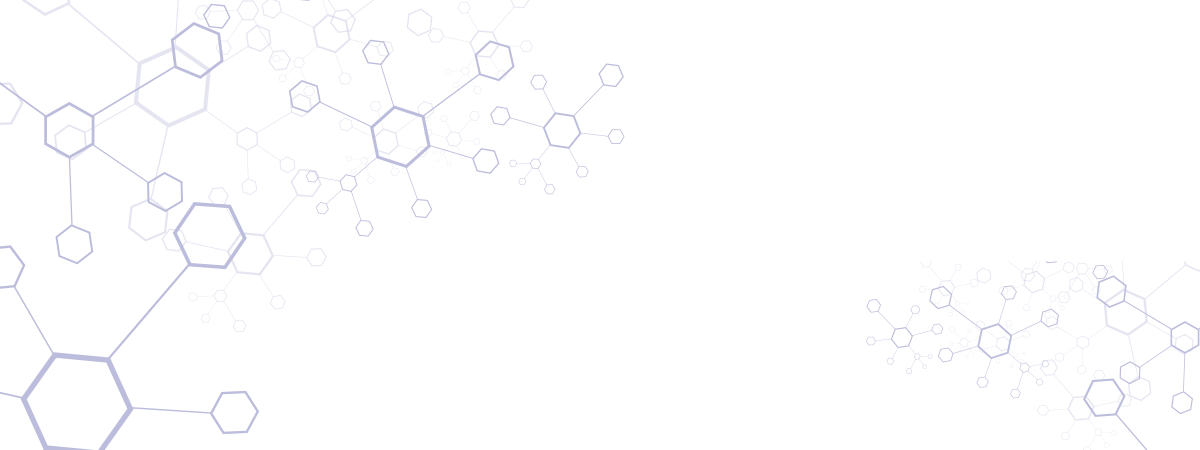M.W. Roomi, N.W. Roomi, T. Kalinovsky, M. Rath, A. Niedzwiecki
Integrative Cancer Therapies 2009; 8(2): 168-176
Head and neck squamous cell carcinomas (HNSCC) are known for their aggressive growth and propensity to metastasize. We investigated the effect of a novel nutrient mixture (NM) containing ascorbic acid, lysine, proline, and green tea extract on human HNSCC cell line FaDu in vivo and in vitro. Athymic male nude mice (n=12) were inoculated with 3 x 106 FaDu cells subcutaneously and randomly divided into two groups; group A was fed a regular diet and group B a regular diet supplemented with 0.5% NM. Four weeks later, the mice were sacrificed and their tumors were excised, weighted and processed for histology.
In vitro, FaDu cells were cultured in DME and exposed to NM at 0-1000 μg/ml in triplicate. Cell proliferation was assessed by MTT assay, MMP secretion by gelatinase zymography, invasion through Matrigel, apoptosis by live-green caspases, and cell morphology by H&E staining. NM inhibited the growth of tumors by 55% (p =0.0002) and exhibited dose dependent toxicity on FaDu cells in vitro, with 53% (p=0.0003) at 1000 μg/ml NM. Zymography revealed MMP-2 and phorbol 12-myristate 13-acetate -induced MMP-9 secretion. NM inhibited secretion of both MMPs in a dose-dependent manner, with virtual total inhibition at 1000 µg/ml. NM significantly inhibited FaDu invasion through Matrigel with total block at 1000 µg/ml. NM induced dose-dependent apoptosis. In conclusion, NM has therapeutic potential in treatment of HNSCC by significantly suppressing tumor growth and significantly inhibiting MMP secretion and invasion of HNSCC cells in vitro.
The full study is available online at:
http://ict.sagepub.com/cgi/reprint/8/2/168




